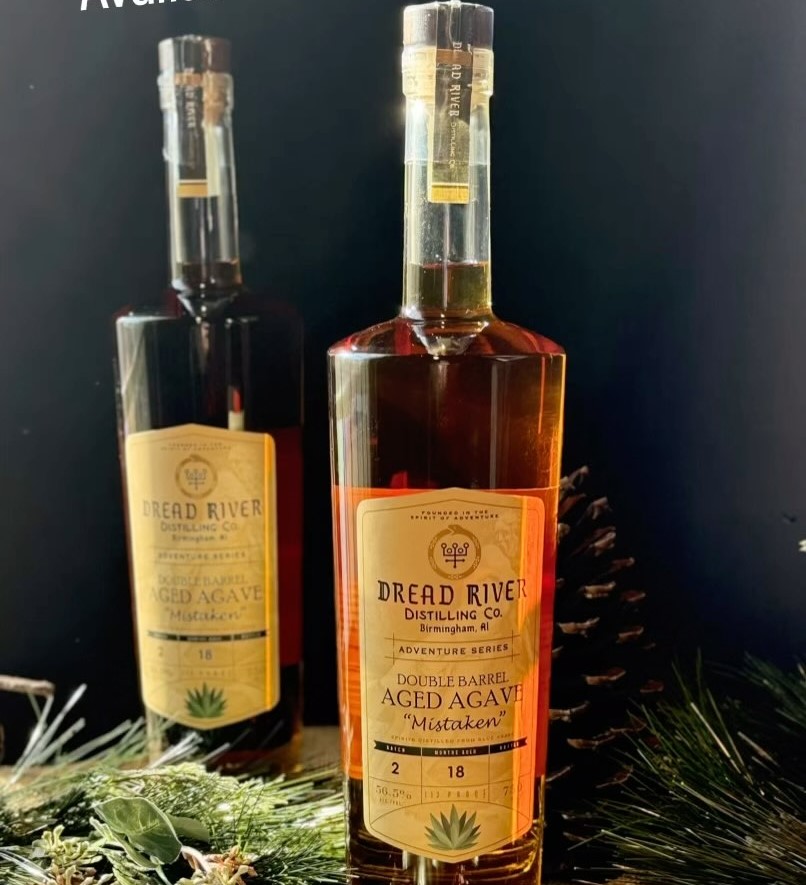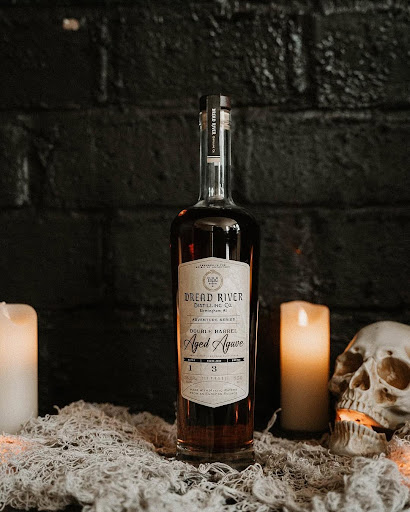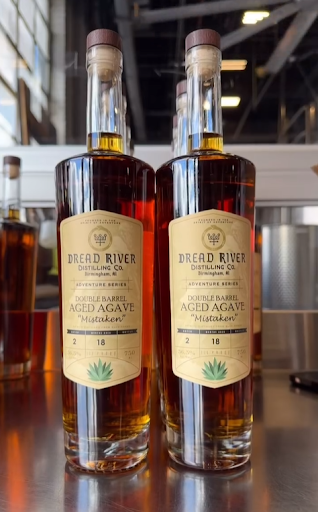Agave Spirits: Beyond Tequila & Mezcal
May 7, 2025
Dread River

The initial sip of an agave spirit goes just beyond taste—it is an unspooling of traditions dating back centuries, a sigh of the dry places where prickly agave cacti bloom under the unyielding sun. It begins not in some upscale cocktail bar, but in the desiccated lands of Mexico, where jimadors have honed the skill of cutting agave with exacting accuracy for generations. There is something elemental in the manner in which the blade slices through the leafy fibers, exposing the piña—the agave’s heart—fated to become a beverage that has borne cultural meaning for millennia.
Produced from the agave plant in its different forms and wide-ranging terroirs, tequila, mezcal, and raicilla can convey their distinctive ingredients and conditions of cultivation more eloquently than any other spirit. But beyond mezcal and tequila is a smaller but equally fascinating world of agave spirits—bacanora, sotol, and pulque—each with its history of craft, tradition, and heritage. With the introduction of the first blue agave spirit that’s non-alcoholic, produced in Mexico, even the world of conscious drinking is being altered.
This is more than a spirit; it is history in a glass, geography and time in a bottle that encodes the heart of Mexico and elsewhere. Agave spirits, their subtleties, and why they are drawing the appeal of enthusiasts all over the world call for a closer look.
What are Agave Spirits?
The agave spirit is crafted by distilling alcohol from the agave plant, a plant that flourishes in arid regions of the Southwest United States and Mexico. While Tequila and mezcal are the most well-known, a broad range of agave spirits is available with differing characteristics depending on the region, distillation method, and agave type.
The Main Categories of Agave Spirits
- Tequila: The most commercialized agave spirit made exclusively from blue agave (Agave tequilana), predominantly produced in Jalisco
- Mezcal: Mezcal is made from different agave types and is known for its smoky taste, produced by subterranean roasting.
- Raicilla: A lesser-known agave spirit from Jalisco, produced from wild agave plants and usually having fruity and floral notes.
- Bacanora: Derived from the species Agave pacifica, Bacanora comes from Sonora and has earthy and herbal notes.
- Sotol: Though effectively not an agave alcohol (made from the Dasylirion plant), sotol has several traits of its agave-based equivalents and is sometimes mentioned.
- Pulque: Venerated for probiotic qualities, pulque is to tequila and mezcal what an old fermented beverage rather than a distillate is.
Take a sneak peek into the emerging world of American Agave Spirits.
How Are Agave Spirits Made?
The production of agave spirits is as sophisticated and artistic as the spirits themselves. While variations exist depending on the type of agave spirit, the general process involves the following steps:
Cultivation & Harvesting
Depending on the species, agave plants mature in 6 to 25 years. Throughout this period, they gather complex sugars and flavors, which ultimately help define the final spirit.
Cooking
To convert their complex carbohydrates into fermentable sugar, the harvested piñas are roasted or steamed. Whereas tequila producers usually heat their autoclaves with steam, much sweeter, mezcal puts agave in underground pit ovens to create its signature smoky flavor.
Fermentation
The cooked agave is crushed, combined with water, and allowed to ferment, hence letting wild or cultivated yeast convert the sugars into alcohol. This phase of development affects the complexity of the finished product.
Distillation
Most agave liquors are manufactured through a double-distillation process to polish the alcohol content and separate the unwanted contaminants. The distillery usually adopts traditional clay pot stills, copper pot stills, or column stills.
Age
Some agave liquors, for instance, reposado and añejo tequilas, are matured in oak barrels to obtain more vanilla, caramel, and spice notes.
The Resurgence of Agave Spirits in Modern Mixology
Agave spirits have gained a new lease of life in the modern mixology scene, following the increasing trends of artisanal and small-batch spirits.

- Shaking Free from the Margaritas
Margaritas are a true classic that never go out of style, but today’s bartenders are trying agave spirits in negronis, spritzers, and even in tiki-type cocktails.
- Agave Spirit Pairing with Culinary Delights
The flavors are all there; expect nothing less from agave spirits when paired with traditional Mexican fare: smoked meats barbecued to perfection and even high-end desserts.
- The Rise of Non-Alcoholic Agave Spirits
As the phenomenon of mindful drinking catches on, Mexico’s first distillate, blue agave, non-alcoholic spirit, changes the game for experiencing the rich complexity of agave sans alcohol.
For the freshest ideas of what to do with cocktails made from agave, check out this expert guide on mixology.
How to Choose the Right Agave Spirit?
Choosing the perfect agave spirit involves cautious consideration of several factors, each of which contributes significantly to one’s drinking experience. This is a comprehensive guide to help you to be wise:
Know Agave Species
Several types of agave plants offer unique tastes. From blue agave alone, tequila has a clean, herbal flavor. Contrast tequila is produced using many types of agave with each offering unique qualities ranging from floral to extremely smokey. Because spirits like raicilla and bacanora are made from special types of agave, they are ideal for people who want to experience different tastes.
Look for Certification and Quality Labels
Look for certifications such as “100% agave” to verify that no extra sugars or additives were used during production and thereby guarantee a quality product. Besides, authentic tequila and mezcal must also carry official Denomination of Origin (DO) stamps to ascertain their origin.
Look at the Aging Process
The depth and complexity of agave beverages is greatly changed by age.
- Blanco: Unaged spirit with clean, crisp agave flavor and fresh, bright notes.
- Reposado: aged 2-12 months in oak, developing soft vanilla and caramel flavors.
- Añejo: Aged over one year, añejo offers more complexity and depth with dried fruit and spice flavors.
- Extra Añejo: aged over three years has a sophisticated character like urbane cognac and a velvet smoothness.
Analyse Production Techniques
Originality and depth of flavor are preserved in traditional methods like open-air fermentation and grinding stones. While industrial processes may help speed up manufacturing, they typically compromise refined subtleties characteristic of hand-crafted agave distillates.
Explore Tequila and Mezcal beyond your country
Whereas tequila and mezcal are well-known, the lesser-famed agave spirits such as sotol and bacanora present exceptional terroir experiences. To the intrepid imbiber, these present a more extensive exploration of Mexico’s excellent history of spirit production.
For a broader range of choices, read this beginner’s guide.
Experience Agave Spirits Like Never Before with Dread River Distilling Co

At Dread River Distilling Co., we don’t merely produce spirits—we distill legacies. With innovation to produce a unique sipping experience, our top-notch agave spirits pay tribute to many years of tradition. From the clean, herbal purity of an independently produced blue agave spirit to the deep, smoky richness of our aged agavel, every bottle shows our integrity, skill, and perfection. Whether you drink your spirits neat, on the rocks, or in finely mixed cocktails, our meticulously chosen tiny agave expressions provide a trip through the many terroirs of Mexico, transmitting the core of agave in every sip. Check out our menu now or reserve your seat to embark on a culinary adventure with us!